Rubric
Assessment
Each team is required to create a video or pre-recorded presentation (6-minute maximum) that explains their project and how it responds to the design prompt(s). All presentations will be shown during the Semifinals on November 3. Following a showing of their video, each team will engage in a live Q&A with the expert judging panel. The top 4 teams from each track will present at the Finals on November 4 to all the judges.
Projects will be evaluated based on the below Judging Rubric, which emphasizes life cycles, the environment, and cultural impacts.
1. Concept
ORIGINALITY:
Is the project original and does it approach the prompts in an innovative way?
DESIGN:
How effectively and completely does the project respond to the prompts?
FEASIBILITY:
a) Scientific: How well has the team demonstrated that current science makes the project possible?
b) Cultural: Has the team considered how the project fits with or replaces current products?
2. Presentation
VIDEO PRESENTATION:
Each team is expected to submit a 6-minute video (maximum) that will be played at the Sprint. The video should explain how the project functions, the subject it addresses, the science behind it, and how it can be adopted. Teams must create visual renderings that communicate the look, function, and uses of their project. Videos can be narrative, explanatory, or slideshow based. Have fun with it!
LIVE DIALOGUE:
Following the video presentation, teams will discuss and answer questions about their projects with the judges for 5-8 minutes.
3. Context
HUMAN IMPACT:
a) Users/Nonusers/Scalability: How deeply has the team considered the project’s impacts on the lives of those who have access and do not have access to it? Has the team considered the people who manufacture and dispose of the product? Has the team considered how widely the project might be used, including among different genders, races, and socioeconomic groups?
b) Ethics: How thoughtfully has the team considered the ethics imbued in the vision?
SUSTAINABILITY:
a) Environmental Impact: How deeply has the team considered the project’s interaction with living environments? How might the project change the living environment, both immediately and gradually, locally and globally?
b) Efficiency/Life Cycle: How well does the team consider the use of resources (e.g. water, feedstocks, energy, labor, etc.)? Has the team considered the product’s entire life cycle? How is it sourced? Can it be recycled or reused in other ways?
RISK:
a) Safety/Dual Use: Has the team considered the potential negative effects of its project? Has the team accounted for possible harm to human health and the living environment associated with its product or process malfunctioning? Has the team considered how its design could be negatively exploited? Has it considered how to mitigate the risks?
4. Reflection
Has the team recognized all the voices—experts and otherwise—necessary to inform the project? Has the team recognized strengths and weaknesses of its vision? Has it suggested ways to address them? What might next steps be to progress toward the next iteration of the idea?
